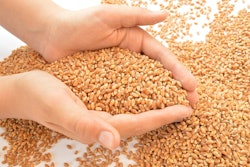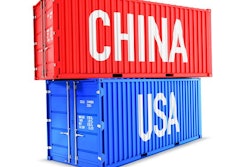
International Grain Council (IGC) Raises World Corn & Wheat Crops
The IGC increased its wheat crop forecast by 8 MMT to 737 MMT which is -30 MMT YoY and is the first YoY decline in six years. The IGC’s 2019/20 initial global wheat production estimate is 751 MMT, +12 MMT YoY. India's wheat crop is raised by 5.2 MMT at 99.7 MMT. Russian production is +2.1 MMT at 71.6 MMT. Russia's wheat exports were revised to 33.5 MMT from 32.5 MMT. U.S. exports were cut to 28.5 MMT from 29.5 MMT. EU exports were cut to 19.8 MMT from 20.5 MMT. The IGC increased its world corn crop forecast for 2018/19 by 3 MMT to 1.076 billion, driven by increases in Ukraine 35.5 MMT from 33.5 MMT and in the EU 65.0 MMT from 61.5 MMT.
What does this mean for U.S. farmers? The upward adjustments in the Russian wheat production and exports and the decline in the U.S. export program is a surprise. Current FOB spreads and strength of the USD will continue to make the U.S. the world’s supplier of last resort and limit price appreciation. The increase in Ukraine corn production should continue to pressure on U.S. corn exports and futures prices.
U.S./China are “miles and miles” from Trade Deal
U.S. Commerce Secretary Wilbur Ross remarked the two countries are “miles and miles” apart from a final deal. Ross said the two sides were unlikely to resolve all their disputes in next week's talks, but added, "I think there's a fair chance we do get to a deal." A 30-member Chinese delegation plans to come to Washington next week for talks, he said, as the world's two largest economies try to meet a March 1 deadline to resolve their trade disputes, but Ross tried to tamp down expectations for the high-level talks. U.S. President Donald Trump has vowed to increase tariffs to 25 percent from 10 percent on $200 billion worth of Chinese imports on March 2 unless China takes steps to protect U.S. intellectual property.
What does this mean for U.S. farmers? Status quo for the moment. In previous meetings the Chinese have made incremental concessions on U.S. agriculture, adding GMO varieties for import and doing some soy export business, but overall the news is slow. Expect future details on agriculture related items to percolate into the market as analysts, producers, processors, and traders are all watching the news for any signals that could impact the futures market.
The risk of trading futures, hedging, and speculating can be substantial. FBN BR LLC (NFA ID: 0508695)









